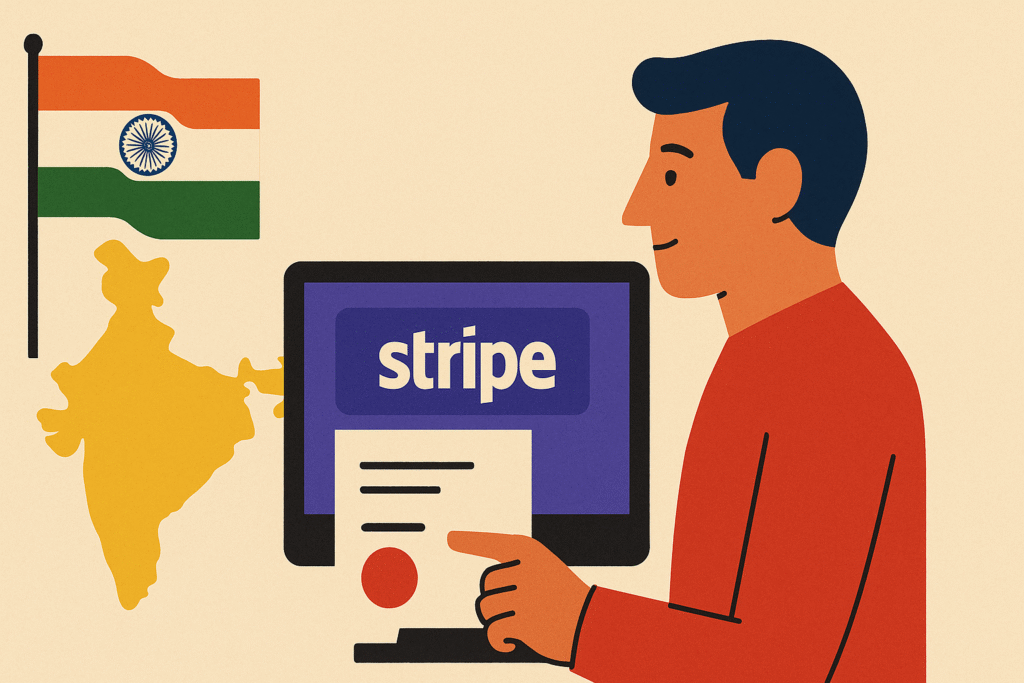Today’s market is crowded. It’s not enough to offer a good product—you need to deliver it cheaper, faster, or better than your competitors. That’s where strategic information systems come in
These systems go beyond just collecting data. They help you:
- Offer a product at a lower cost.
- Deliver a product or service that is differentiated.
To understand how this works in practice, we’ll use the Value Chain Model and a relatable example—a small e-commerce clothing brand.
What Is the Value Chain Model?
The Value Chain Model, introduced by Michael Porter, breaks your business into stages—each one adding value to your product or service. The model includes:
- Primary activities: Core processes like sourcing materials, operations, logistics, marketing, and after-sales service.
- Support activities: Systems that support the core—HR, tech, procurement, and infrastructure.
At every stage, strategic information systems can either reduce costs or create something your competitors can’t match.
Let’s break this down.
Set A Winning Strategy
Before we break down how strategic information systems improve each business activity, it’s important to pause and ask:
What’s your strategy in the first place?
A strategic information system doesn’t invent your strategy—it amplifies it.
So if your business is just trying to “do what everyone else is doing but slightly cheaper,” don’t expect game-changing results. But if you come to the table with a clear, focused goal—to be the fastest, the most personal, the most ethical, the most exclusive, or the most affordable—then strategic information systems can help you deliver that promise consistently and more effectively than your competitors.
Real-World Example: Gymshark’s Strategy
Take Gymshark, the now-global fitness apparel brand that started as a UK e-commerce store. Instead of trying to compete with Nike or Adidas on price or quality, they focused on a unique strategy:
Build a community of fitness lovers through influencer marketing, direct-to-consumer pricing, and fast product drops inspired by youth culture.
That clarity gave them an edge. Once that strategy was in place, they used:
- Data analytics to find the most impactful influencers.
- Supply chain management systems to launch limited products quickly and sell out fast.
- CRM tools to stay in constant conversation with customers.
Today, they’ve built not just a product—but a movement.
Key Takeaway
Your strategy should answer one big question:
“How will we create value in a way others can’t easily copy?”
Once you know your answer, strategic information systems become the engine that brings that vision to life—across sourcing, production, sales, and service.
1. Inbound Logistics: Smarter Sourcing
What it is: How you bring in everything you need to run your business—fabric, boxes, electricity, design software.
How strategic information systems help:
- Use supply chain tools to find the cheapest vendors.
- Set automatic reordering when stock is low.
- Use predictive analytics to avoid overstocking or shortages.
🧠 Mini Case Study:
Your brand uses a cloud-based supply chain management system. It notices that black T-shirts sell more during winter, while colorful ones sell in spring. The system automatically increases fabric orders in anticipation of this trend—reducing delays and keeping stock levels optimized.
Result: You save 20% on storage and avoid missing sales, while a competitor loses customers due to stockouts.
2. Operations: Faster, Leaner Production
What it is: Turning materials into a finished product—cutting fabric, printing designs, quality checks.
How strategic information systems help:
- Monitor workflows in real time.
- Automate repetitive steps.
- Spot inefficiencies quickly.
🧠 Mini Case Study:
Your team uses a production dashboard to track how long each step takes. It identifies that printing slows down every Friday. The system recommends rescheduling maintenance to Thursday nights and improves throughput by 12%.
Result: You fulfill more orders per week than your competitors—without hiring more staff.
3. Outbound Logistics: On-Time Delivery
What it is: Getting the product to your customers—shipping, delivery updates, returns.
How strategic information systems help:
- Compare shipping rates across providers.
- Optimize routes.
- Provide real-time delivery tracking to customers.
🧠 Mini Case Study:
Using a strategic logistics platform, your business automatically picks the fastest and cheapest courier based on zip code. It also texts customers live updates and estimated delivery times.
Result: Your delivery satisfaction score jumps to 96%, while Competitor B—who only offers standard shipping—faces growing customer complaints.
4. Marketing & Sales: Target the Right People, Spend Less
What it is: Attracting potential buyers and turning them into paying customers.
How strategic information systems help:
- Use CRM tools to segment and understand customer behavior.
- Automate personalized campaigns.
- Track what works and what doesn’t.
🧠 Mini Case Study:
Your CRM shows that customers who buy graphic tees often return for hoodies. You launch a targeted email campaign offering a discount on hoodies 2 weeks after someone buys a tee. Click-through and conversion rates triple.
Result: With the same ad budget, you outsell your competitors—because your marketing is smarter.
5. Service: Keep Customers Coming Back
What it is: Handling customer questions, returns, and feedback.
How strategic information systems help:
- Provide automated chat support 24/7.
- Track service response times.
- Use data to improve product quality or service policies.
🧠 Mini Case Study:
You implement a chatbot that answers 80% of basic questions (shipping time, return policy). Customer service reps focus on complex cases, reducing response time by 60%.
Result: Customers feel heard and return for more. A competitor loses repeat business because they take 3 days to answer emails.
Support Activities: The Backbone of Efficiency
Firm Infrastructure
With an ERP platform, you consolidate accounting, planning, and reporting into one place. Strategic decisions are made faster with real-time data.
Human Resources
Online recruiting tools help you find better candidates faster, and remote-friendly systems make your workplace more attractive.
Technology Development
Use machine learning tools to test new designs, analyze trends, and even build virtual fitting rooms for customers—giving you an edge competitors don’t have.
Procurement
Automated purchasing systems compare prices and manage supplier relationships—ensuring you’re always getting the best deal.
Final Thoughts: How Strategic Information Systems Give You the Edge
The value of strategic information systems is clear at every level. Whether you’re trying to:
- Cut waste,
- Deliver faster,
- Understand your market better,
- Or wow customers with service—
A well-integrated strategic system lets you do it better than your competitors.
You don’t need a giant IT team. Start small:
- Use smart tools that align with your biggest bottlenecks.
- Focus on areas where you can see measurable wins.
- Think long-term: These systems help you build a business that lasts.
- And staying laser-focused on what sets them apart.



